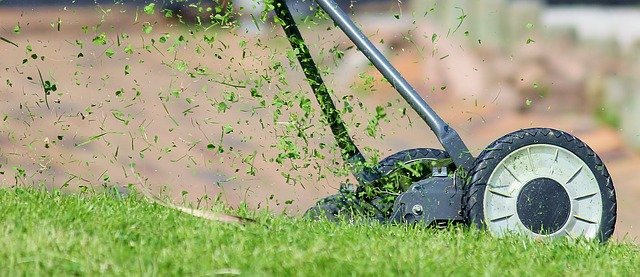Early Morning: This is perhaps the worst time to mow because morning dew will likely be covering the grass, which can not only make it hard on your mower but can also cause the grass to be cut poorly. This, in turn, can cause the grass to tear—and torn, wet grass is more susceptible to disease and fungal infections.
Mid-Morning: This is the optimum time of day to mow your lawn. It gives your lawn the time it needs to dry and heal before nightfall.
Midday: While it is generally safe to mow your lawn midday, it is not optimal. With it being the hottest part of the day, you could stress out the turf. As long as you aren’t cutting more than the top third of the grass, you should be safe. However, if you have fallen behind on your lawn, and need to cut more than the top third, you risk burning your lawn.
Afternoon: This is the second best time of day to cut your lawn because there is less of a risk of burning your lawn.
Evening: Mowing too late in the day is just as bad as mowing too early. Dew settles in at night just as it does in the morning and you risk exposing your freshly cut lawn to disease and fungal infections.



